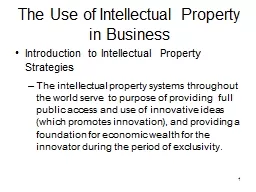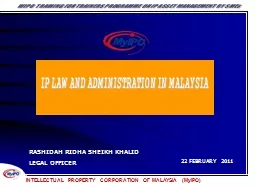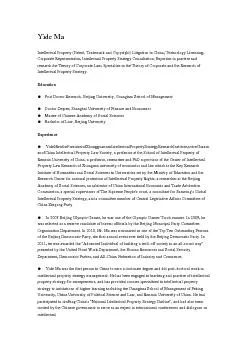PPT-Intellectual Property Rights and Social Development: Issues
Author : tatiana-dople | Published Date : 2017-05-08
Keith E Maskus Professor of Economics U of Colorado Boulder International Conference on IPR and Development WIPO Geneva April 2016 Defining social development and
Presentation Embed Code
Download Presentation
Download Presentation The PPT/PDF document "Intellectual Property Rights and Social ..." is the property of its rightful owner. Permission is granted to download and print the materials on this website for personal, non-commercial use only, and to display it on your personal computer provided you do not modify the materials and that you retain all copyright notices contained in the materials. By downloading content from our website, you accept the terms of this agreement.
Intellectual Property Rights and Social Development: Issues: Transcript
Download Rules Of Document
"Intellectual Property Rights and Social Development: Issues"The content belongs to its owner. You may download and print it for personal use, without modification, and keep all copyright notices. By downloading, you agree to these terms.
Related Documents














